More Information
[email protected]
+86 28 8503 0959
Mon - Fri 9.00 - 18.00
Lake Manasarovar and Mt. Kailash Kora
Day 1 Lhasa
Lhasa arrival, transfer to hotel.
Overnight: Lhasa
Day 2 Lhasa
– Potala Palace (the highest ancient palace in the world, symbolizes Tibetan Buddhism and its central role in the traditional administration of Tibet.)
– Jokhang Temple (the spiritual heart of Tibet, the center of the Tibetan Buddhism and the sacred land of Buddhist followers where thousands of pilgrims come for worship everyday.)
– the holy Barkhor Circuit (a quadrangle of streets that surrounds the Jokhang Temple, both the spiritual heart of the holy city and the main commercial district for Tibetans, the oldest street in Lhasa and remains very traditional.)
Day 3 Lhasa
– Drepung Monastery (one of the “great three” Gelukpa university monasteries of Tibet, the largest monastery in the Tibet with many white buildings overspreading on the mountain slope. )
– Norbulingka Park (a traditional summer palace and residence starting with the 7th Dalai Lama, and now it is the largest garden in Tibet.)
– Sera Monastery (one of the three great monasteries in Lhasa and one of the six great monasteries of the Gelug Sect of Buddhism in Tibet, one of the great seats of learning in the Mahayana Buddhist tradition. )
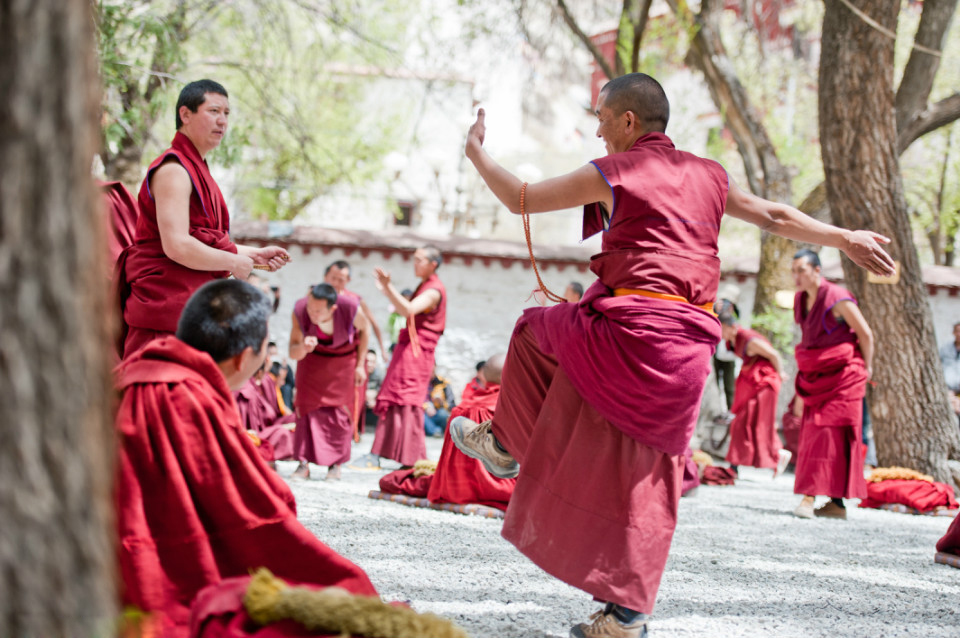
Day 4 Lhasa – Gyantse – Shigatse
– Yamdrok Lake (the world’s most beautiful water, a beautiful turquoise alpine lake, one of the largest three sacred lakes in Tibet has stunning scenery. )
– Pelkor Chode Monastery (in Tibetan language means “auspicious monastery”, the only one large building complex in Tibet that old monastery and stupas are completely preserved and characterized as a monument.)
– Kumbum Chorten in Gyantse (the biggest and most famous chorten (stupa) in Tibet, a master-piece of the joint efforts of the Nepalese, Tibetan and Chinese.)
Day 5 Shigatse – Sakya – Lhatse
– Tashilunpo Monastery (one of the oldest and largest Gelug sect monasteries in Tibet and it is also the traditional seat of successive Panchen Lama.)
– Sakya Monastery (famed as the “Second Dunhuang” due to its colossal collection of numerous Tibetan Buddhist scriptures, murals and Thangkas.)
Day 6 Lhatse – Saga
– Saga Monastery (a small monastery, located in Saga County. )
Day 7 Saga – – Paryang – Manasarovar Lake
– Manasarovar Lake (the highest freshwater lake in the world.)
Day 8 Manasarovar Lake – Darchen
– Seralung Monastery (rebuilt in 1984 by the Drigung Kagyu monastery. It is located on the right side of a small valley near a spring.)
– Trugo Monastery (one of the best-preserved monasteries on the bank of the sacred lake, Mapam Yumco Basin, has a history of over 400 years)
– Chiu Monastery (an ideal place to start and finish due to its spectacular hilltop setting, easy access and nearby hot springs.)
Day 9 Mt.Kailash
– Mt. Kailash Kora (pilgrimage walk around Tibet’s most sacred mountain, one of the top walks in Tibet, China, and one of the world’s best walk, treks, hikes and climbs.)
– Tarbochen (where the annually Saga Dawa Festival takes places.)
– Chuku Monastery (founded in the 13th century by Gotsangpa Gompo Pel, a Kagyupa-order master, is perched high above the valley floor on the hillside to the west.)
– Dira-puk Monastey (sits in a superb location on the hillside north of the Lha-chu. It directly faces the astonishing north face of Mt Kailash, which from this angle appears as a massive, jet-black slab of granite ornamented with alabaster-white strips of snow.)
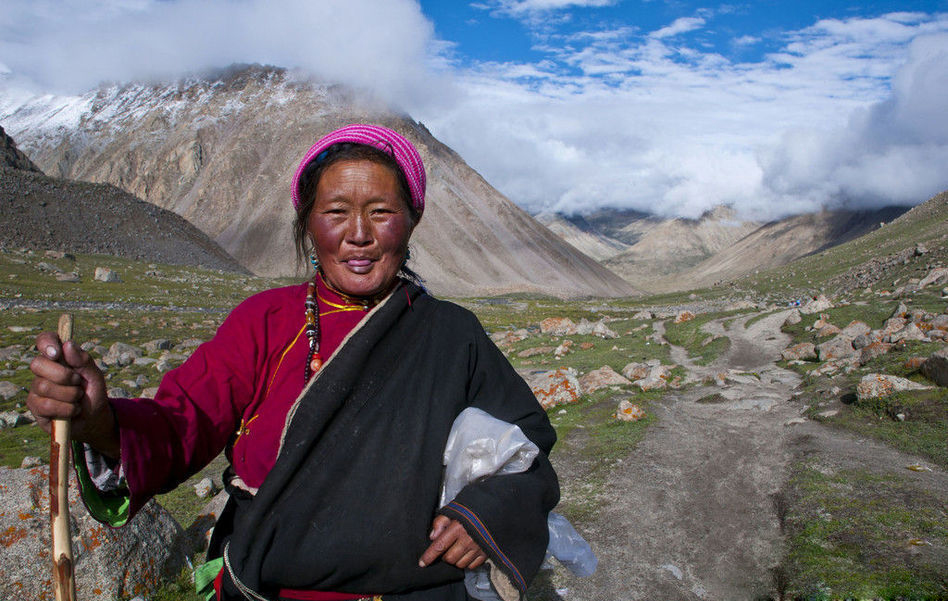
Day 10 Mt.Kailash
– Dromla La Pass (at 5630 meters is the highest point of the kora of Mt. Kailash.)
– Lham Chukhir Valley ( there is a large stone in the intersection of path and river, with the third Buddha footprints above. )
– Zutul-puk (where Milarepa took meditation here.)
Day 11 Tirthapuri
– Dzong Chu (Small Dzong, a smaller building, housed a statue of Buddha.)
– Tirthapuri (on the banks of the great Sutlej River, just a couple of hours northwest from the town of Darchen (4560 m), and close to Mt. Kailash.)
Day 12 Tirthapuri – Lake Manasarovar
– Chiu Monastery (an ideal place to start and finish due to its spectacular hilltop setting, easy access and nearby hot springs.)
Day 13 Manasarovar Lake – Saga
– ancient Cherkip Monastery (the smallest of the eight monasteries around the lake, the monastery is now in ruins, the ruins are near the shore along the edge of the mouth of a dry stream.)
– Langbona Monastery (on the west bank of the Gyamo Chu river, the area around the monastery is surrounded by pastures where nomades from Purang and Hor Qu graze their animals during the winter.)
Day 14 Saga – Shigatse
– Saga Monastery (a small monastery, located in Saga County. )
– Ngamring Lake (a remote lake found along the way to Mt. Kailash near the small town of Ngamring in west Tibet.)
– Phuntsoling Monastery (built as early as AD1615, belongs to a Gelupa tradition, in its peak time it once had 35 chapels and one huge assembly hall with 3300+ monks.)
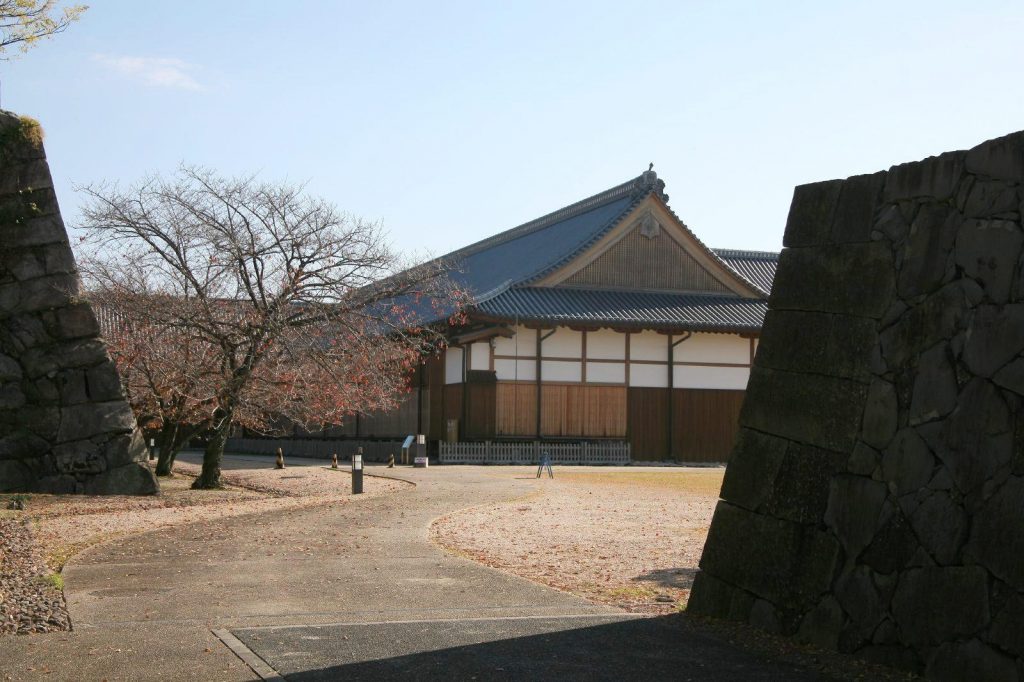
Day 15 Shigatse – Lhasa
– Ralak Yungdrungling Monastery (the ancestor monastery of Bon religion in Tibet, located at the foot of the Yulha Jiesam Mountain in the Numa village, Namling County.)
Day 16 Lhasa
End the journey.
-
DepartureLhasa
-
Departure Timeconfirmed with travel adviser
-
Return Timeconfirmed with travel adviser
-
IncludedDomestic airfares, TrainsHotel accommodation with breakfastsMeals mentioned in the itineraryProfessional English-speaking guidesDrivers & air-conditioned vehiclesEntrance fees to tourist sites
-
Not IncludedInternational airfaresEntry Visa feesPersonal expensesTips or gratuities for guides and drivers
Similar Tours
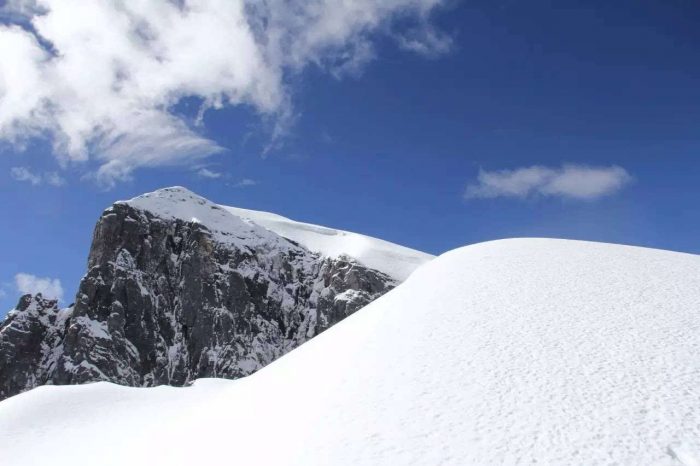
Jiangsanglamu Peak(Kang Sang Lamu) Hiking Trekking Climbing Mountaineering Travel Tour
trekking & hiking in Tibet
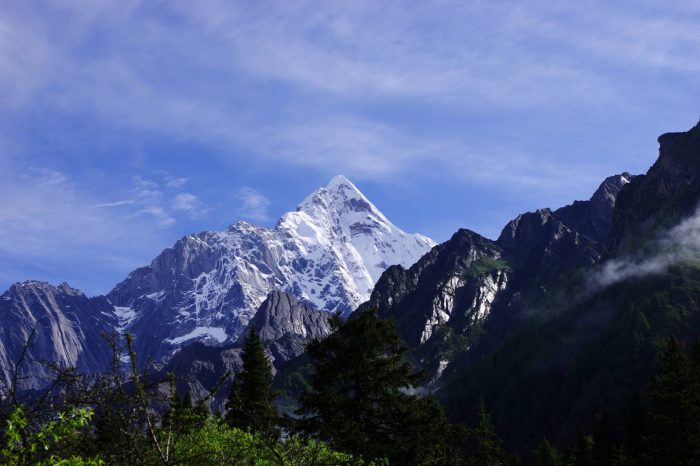
Yaomei Peak of Mt. Siguniang Hiking Trekking Climbing Mountaineering Travel Tour
peak of the youngest sister, the highest peak of siguniang mountains
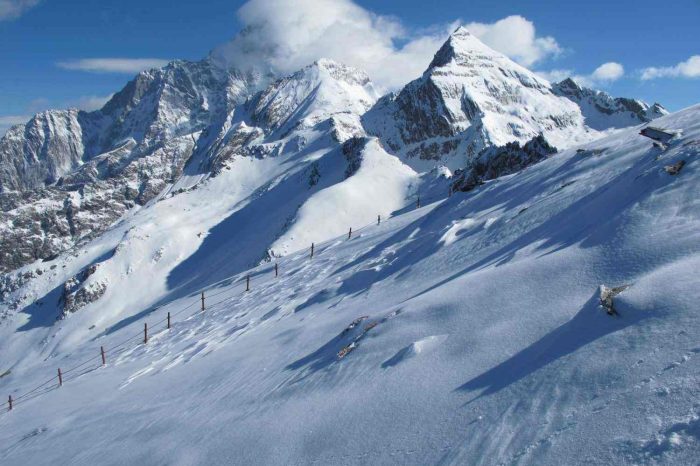
DaFeng (Big Peak) of Siguniang Hiking Trekking Climbing Mountaineering Travel Tour
peak of the oldest sister between Four Girls Mountain” or “Four Sisters Mountain in sichuan





